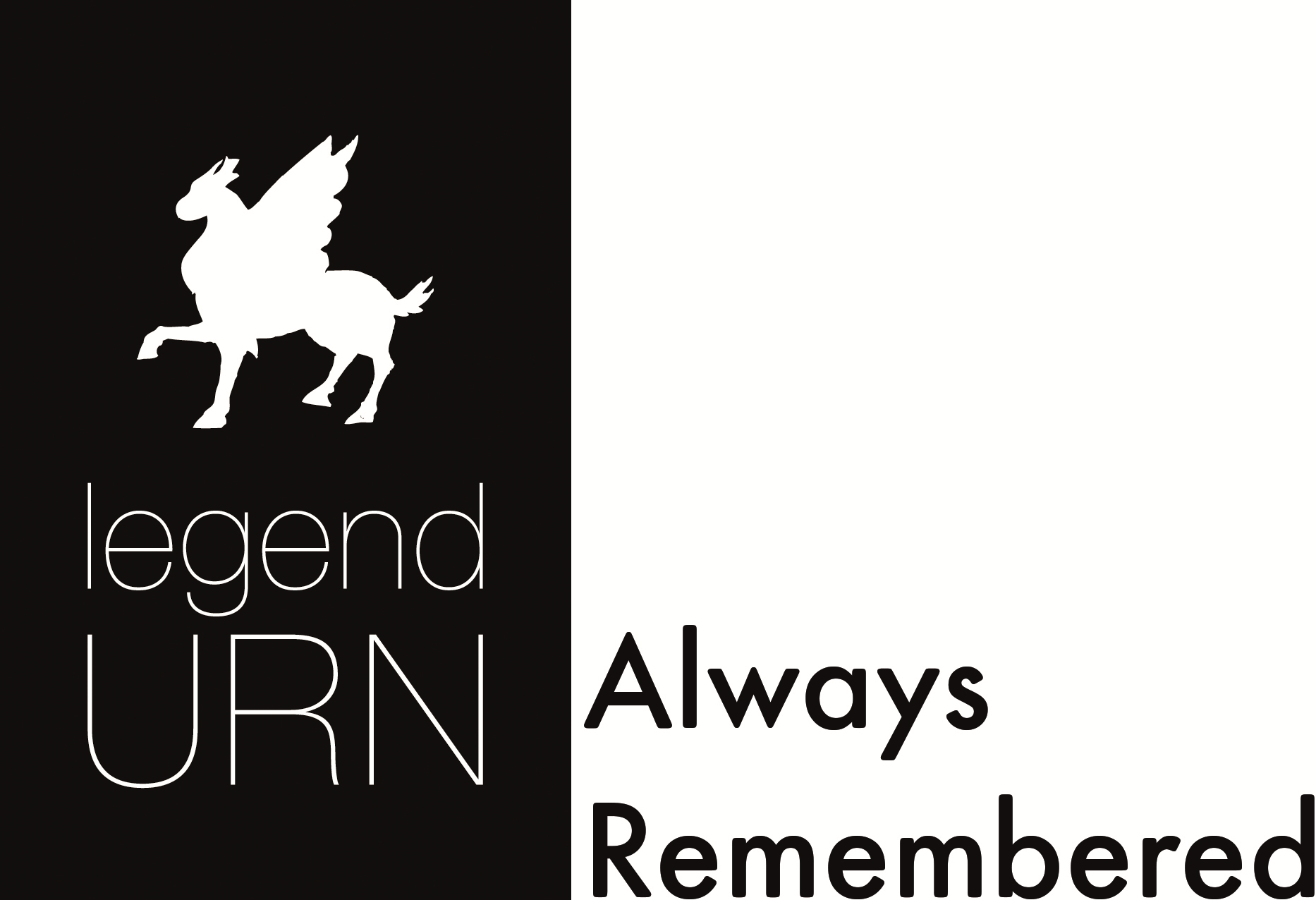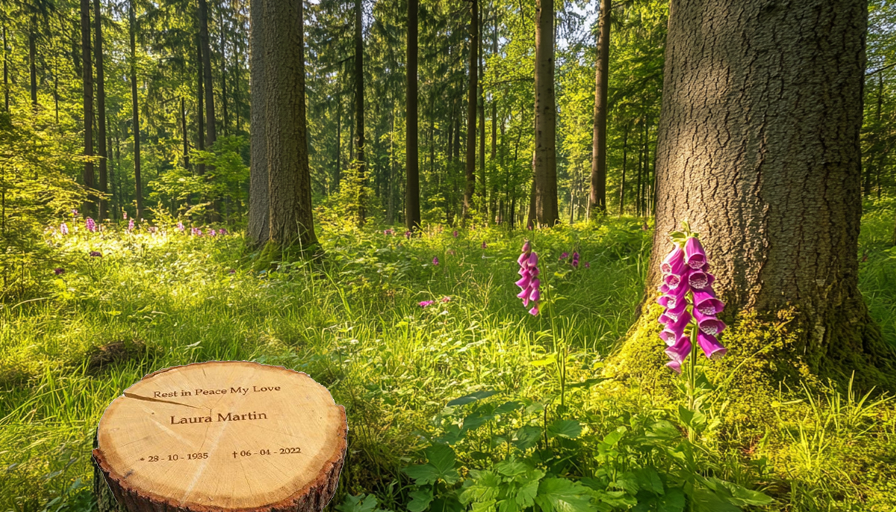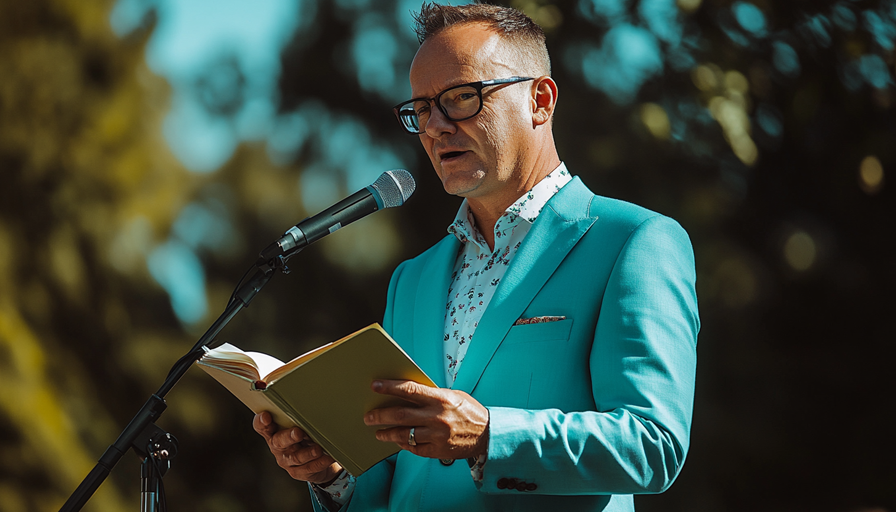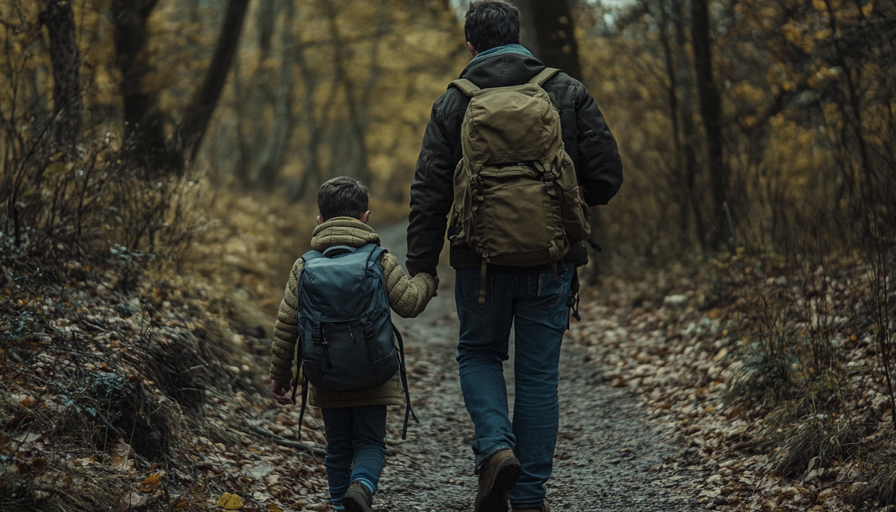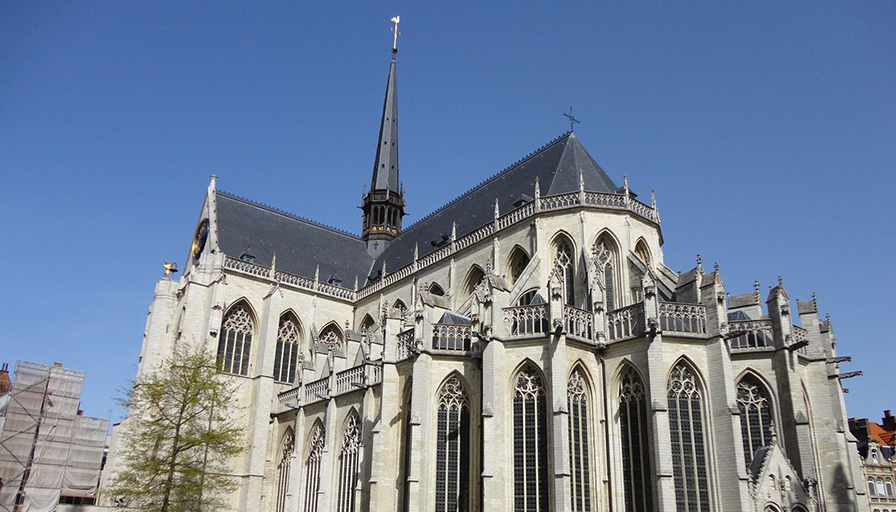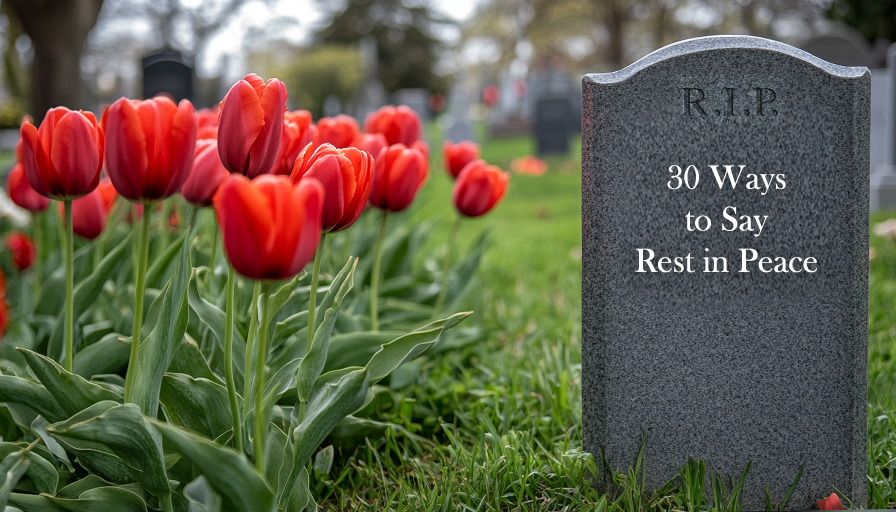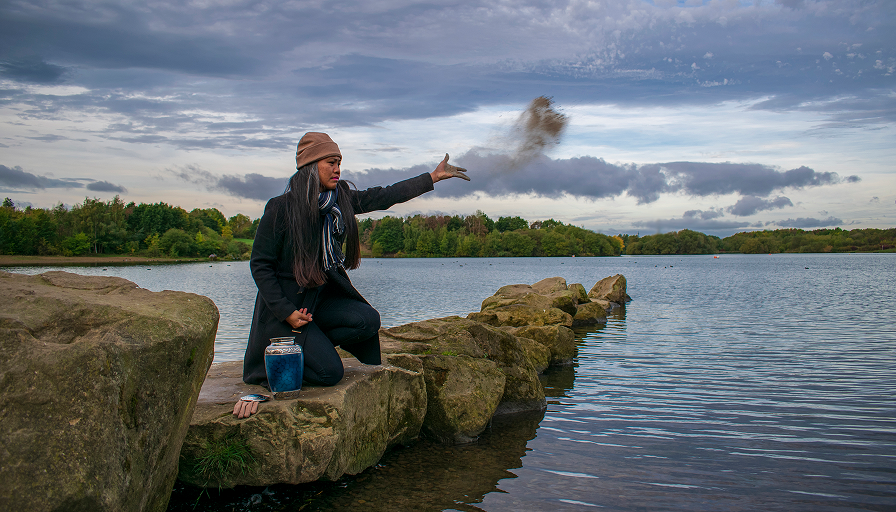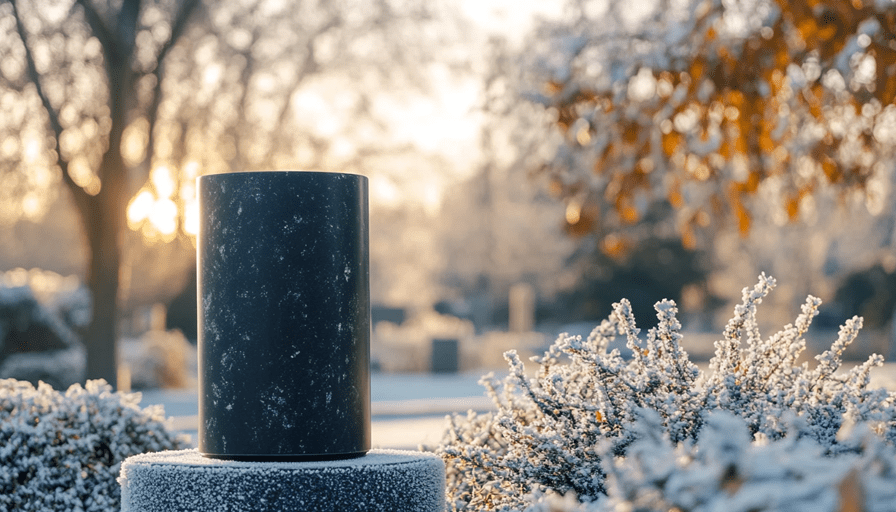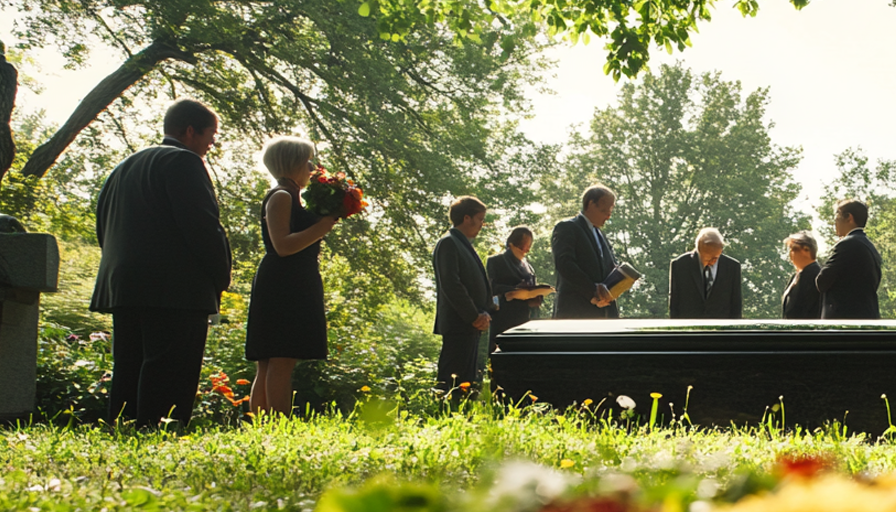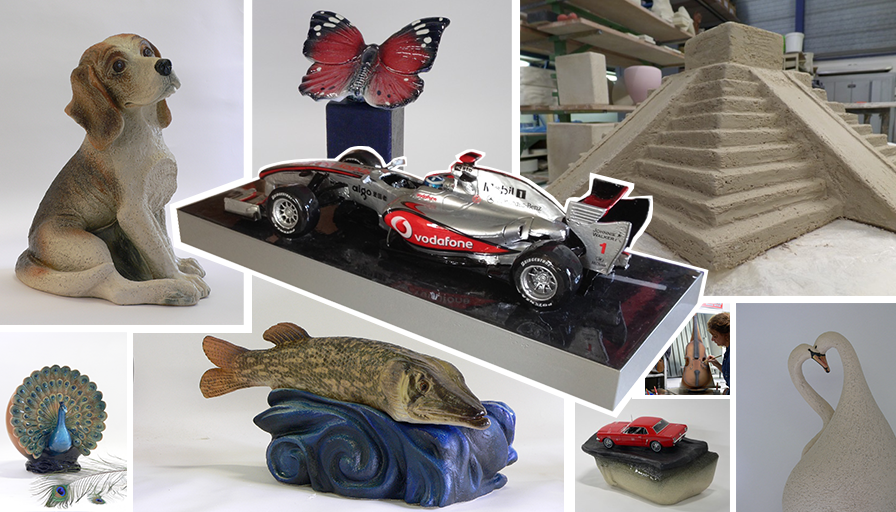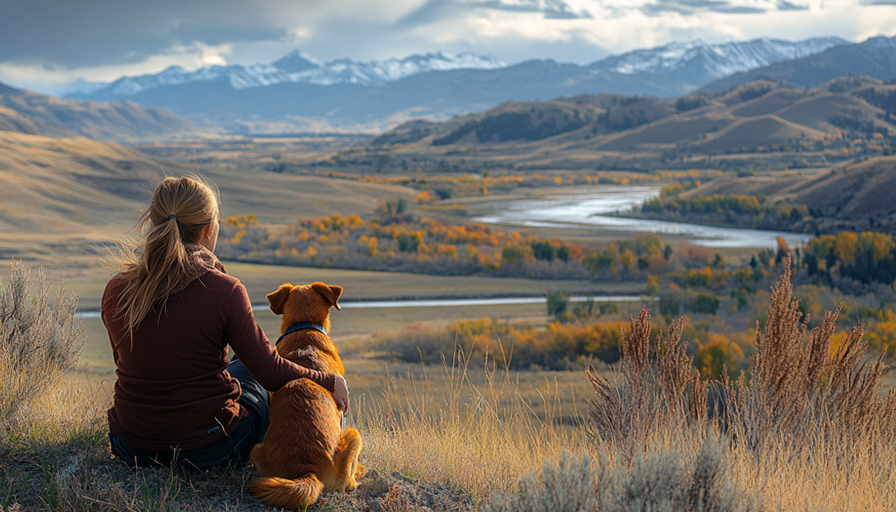The Most Common Burial Types: Which One Should You Choose?
Deciding on the best way to lay a loved one to rest—or planning your own final arrangements—is a deeply personal choice. It’s not just about logistics; it’s about honouring a life lived and finding a resting place that feels meaningful. In the UK, burial traditions are evolving, with options ranging from classic choices to eco-friendly and innovative alternatives.
In this guide, we’ll explore the most common burial types in the UK, highlighting their benefits, considerations, and suitability. Whether you’re looking for a traditional burial or considering modern approaches, this comprehensive overview will help you make an informed decision.
1. Traditional In-Ground Burial: A Timeless Custom
For centuries, in-ground burial has been the most common practice in the UK. This involves interring the deceased in a cemetery plot, often marked with a headstone. It is a familiar and respectful way to say goodbye.
Imagine visiting a beautifully kept graveyard, surrounded by flowers, where families gather to reflect and pay respects. This tradition provides a permanent place of remembrance.
Why It’s Popular:
- Aligns with many religious and cultural customs.
- Provides a physical location for family and friends to visit.
- Offers the sense of continuity and tradition many people seek.
Considerations:
- It can be costly, with expenses for the plot, headstone, and maintenance.
- Space in cemeteries is becoming limited in urban areas.
2. Cremation: A Flexible and Growing Choice
Cremation is the most popular choice in the UK, accounting for over 75% of funerals. The body is reduced to ashes through a high-heat process, which are then returned to the family to be kept, scattered, or interred.
Picture a family gathered at a favourite location, scattering ashes as they share stories of their loved one. Cremation allows for unique and personal memorialisation.
Why It’s a Top Choice:
- Generally less expensive than traditional burial.
- Ashes can be scattered in meaningful places, such as gardens, oceans, or forests.
- Offers flexibility in timing and memorialisation options like cremation urns for ashes.
Things to Consider:
- Cremation lacks a permanent gravesite, which some families may prefer.
- Religious views on cremation vary, with some traditions favouring burial.
3. Natural or Green Burial: A Return to Nature
Green burial focuses on environmentally friendly practices, using biodegradable materials and avoiding embalming fluids. The body is laid to rest in a natural setting, allowing it to return to the earth.
Imagine a peaceful meadow or woodland, where a loved one’s burial becomes part of a living landscape. This eco-conscious option is growing in popularity across the UK.
Why People Choose It:
- Environmentally sustainable, reducing the impact on the planet.
- The usage of eco-friendly grave marker or memorial plaque.
- Often less costly than traditional burial.
- Provides a tranquil, natural resting place.
Points to Note:
- Green burial sites may not be as widely available as traditional cemeteries.
- It may not suit those seeking formal memorials or headstones.
4. Burial at Sea: A Poetic Farewell
For those with a love of the sea, burial at sea offers a beautiful and symbolic goodbye. In the UK, this option is regulated to ensure environmental sustainability.
Picture a boat gently rocking on the waves as a biodegradable coffin is released into the water. The sea becomes both a resting place and a tribute.
Why It’s Meaningful:
- A unique way to honour someone with a connection to the ocean.
- Biodegradable options, like Sea Urns align with eco-conscious values.
- Reflects a sense of freedom and eternity.
Considerations:
- Limited locations are approved for burial at sea, such as in Hampshire or off the Cornish coast.
- It requires permits and adherence to legal guidelines.
5. Mausoleum Burial: Above Ground with Elegance
A mausoleum burial involves entombing the deceased in an above-ground structure. This can be part of a shared space or a private family mausoleum.
Imagine a serene marble building with flowers adorning each plaque, offering a dignified and timeless resting place.
Why It’s Chosen:
- Protects the body from environmental exposure.
- Takes up less land than in-ground burial.
- Offers a prestigious, elegant tribute.
Challenges:
- Often more expensive than traditional burial.
- May not align with all personal or cultural preferences.
6. Human Composting: A New Eco-Friendly Innovation
While not yet available in the UK, human composting—or natural organic reduction—is an emerging burial method. The body is placed in a composting chamber, where it naturally breaks down into nutrient-rich soil.
Why It’s Exciting:
- Offers an environmentally friendly alternative to burial or cremation.
- Provides a unique way to contribute to nature after death.
Challenges:
- Currently unavailable in the UK.
- May take time to gain cultural acceptance.
7. Direct Cremation: Simplicity and Affordability
Direct cremation skips traditional ceremonies, focusing solely on the cremation process. This affordable option is chosen by those who prefer a no-frills approach.
Families often hold a private memorial or scattering ceremony at a later date, giving them flexibility and freedom.
Why It’s Popular:
- Costs are significantly lower than traditional services.
- Families can personalise memorials without time constraints.
Considerations:
- Lacks the formality and immediate closure of a traditional funeral.
How to Choose the Right Burial Option
Selecting the best burial type involves reflecting on personal values, cultural traditions, and practical needs. Here are some steps to guide your decision:
1. Reflect on Personal Wishes
What feels most meaningful to you or your loved one? Consider their personality, preferences, and lifestyle.
2. Discuss with Family
Burial choices can affect those left behind. Having open discussions ensures everyone feels included and supported.
3. Consider Costs
Burial expenses vary widely. Understanding your budget can help narrow down options.
4. Research Availability
Some options, like green burial or burial at sea, may be limited depending on your location.
Conclusion
Choosing the right burial type is one of the most personal decisions you can make. Whether you prefer the timeless tradition of in-ground burial, the eco-conscious simplicity of green burial, or the flexibility of cremation, each option offers a meaningful way to say goodbye.
By exploring your choices and reflecting on what matters most, you can create a farewell that honours a life well-lived, providing comfort and peace for those left behind.
If you have any questions, comments or according to you certain information is missing after reading this post, feel free to contact us via the contact form.
